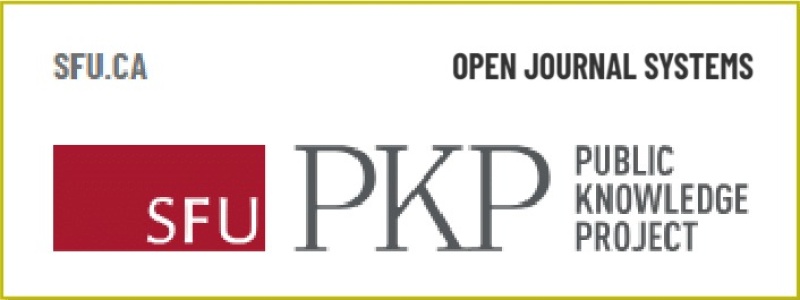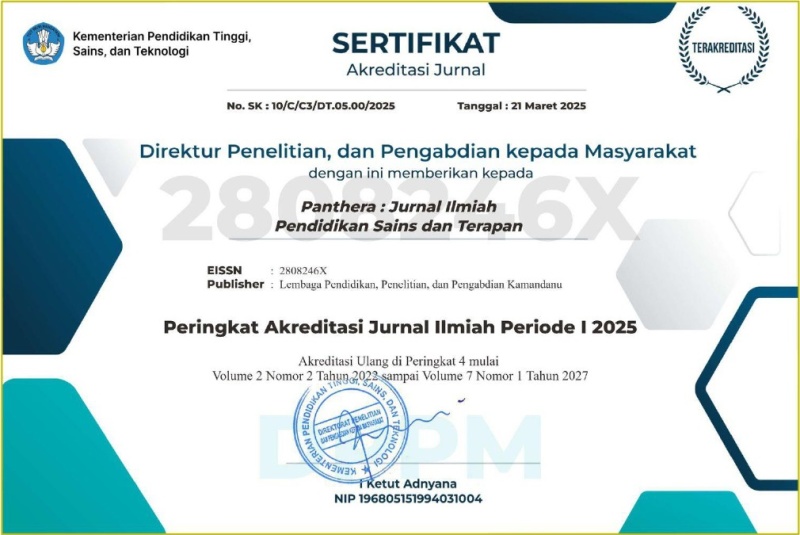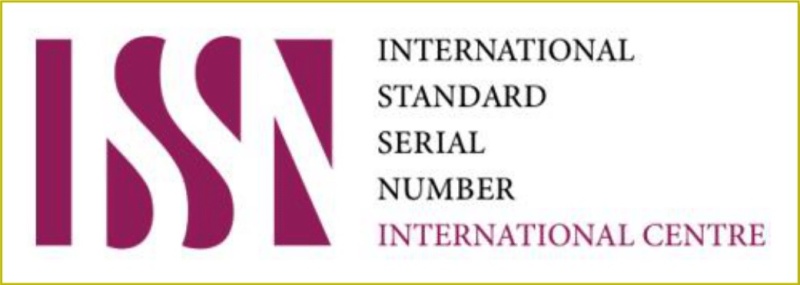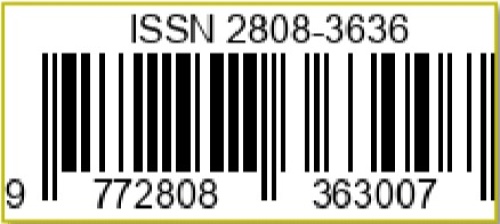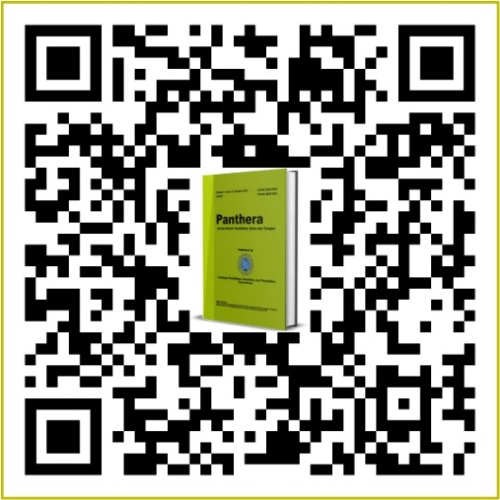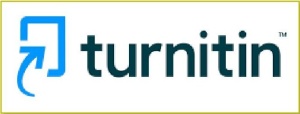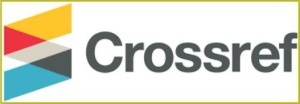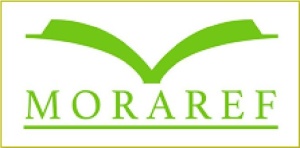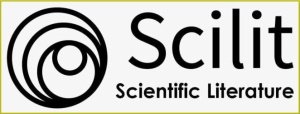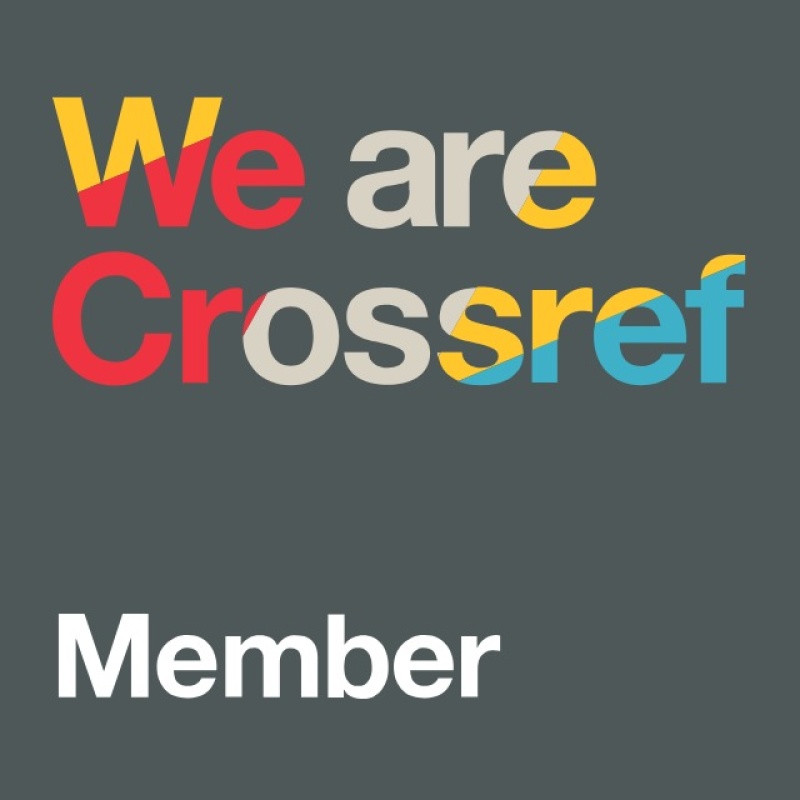Penerapan Metode Mind Mapping untuk Meningkatkan Hasil Belajar Kognitif Matematika Mahasiswa
DOI:
https://doi.org/10.36312/pjipst.v2i2.74Keywords:
Mind Mapping Method, Cognitive Learning Outcomes.Abstract
The purpose of this research is to improve students' mathematics learning outcomes in low grade mathematics education subjects using the mind mapping method. The hypothesis of action research is that if the mind mapping method is used it can improve student cognitive learning outcomes. This research is classroom action research. The design of this research is based on Kemmis and Taggart using a spiral system. Each cycle consists of planning, implementation, observation and reflection. The results of this study were seen from the increase in student cognitive learning outcomes in cycle 1, namely 70.97% and the increase in cycle II changed to 90.32%. Based on the results of the observational analysis, there was an increase in the learning process, from 80% of the descriptors that were implemented to 95% of the descriptors that were implemented. Based on the data above, it can be concluded that the mind mapping method can improve students' cognitive learning outcomes in low grade mathematics subjects.
Downloads
References
Arikunto, S., Suhardjono., & Supardi. (2008). Penelitian Tindakan Kelas. Jakarta: PT. Bumi Aksara.
Buzan, T. (2007). Buku Pintar Mind Map untuk Anak. Jakarta: PT. Gramedia Pustaka Utama.
Hamalik, O. (2008). Kurikulum dan Pembelajaran. Jakarta: PT. Bumi Aksara.
Hermawan, I. (2019). Metodologi Penelitian Pendidikan. Kuningan: Hidayatul Qur’an.
Kunandar. (2008). Langkah Mudah Penelitian Tindakan Kelas sebagai Pengembangan Profesi Guru. Jakarta: PT. Raja Grafindo Persada.
Latifah, A. Z., Hidayat, H., Mulyani, H., Fatimah, A. S., & Sholihat, A. (2020). Penerapan Metode Mind Mapping untuk Meningkatkan Kreativitas pada Pembelajaran Pendidikan Kewarganegaraan. Jurnal Pendidikan, 21(1), 38-50. https://doi.org/10.33830/jp.v21i1.546.2020
Shoimin, A. (2016). 68 Model Pembelajaran Inovatif dalam Kurikulum 2013 (Cetakan ke-2). Jakarta: Ar-Ruzz Media.
Sudjana, N. (2004). Dasar-dasar Proses Belajar Mengajar. Bandung: PT. Sinar Baru Algensindo.
Yuniharto, B. S., & Maria, M. I. S. (2019). Peningkatan Minat Belajar dan Kreativitas Belajar Siswa Kelas IIIA SDN Maguwoharjo I Melalui Model Pembelajaran Kooperatif Tipe GI pada Materi Pertumbuhan dan Perkembangan Tumbuhan. Jurnal Pendidikan Guru Sekolah Dasar, 1(2), 1-10.
Zulfah. (2017). Pengaruh Penerapan Model Pembelajaran Kooperatif Tipe Think Pair Share dengan Pendekatan Heuristik terhadap Kemampuan Pemecahan Masalah Matematis Siswa MTs. Negeri Naumbai Kecamatan Kampar. Jurnal Cendekia : Jurnal Pendidikan Matematika, 1(2), 65-76. https://doi.org/10.31004/cendekia.v1i2.23

Downloads
Published
How to Cite
Issue
Section
License
Copyright (c) 2022 Sabrun

This work is licensed under a Creative Commons Attribution-ShareAlike 4.0 International License.
-
Attribution — You must give appropriate credit, provide a link to the license, and indicate if changes were made. You may do so in any reasonable manner, but not in any way that suggests the licensor endorses you or your use.
-
ShareAlike — If you remix, transform, or build upon the material, you must distribute your contributions under the same license as the original.

